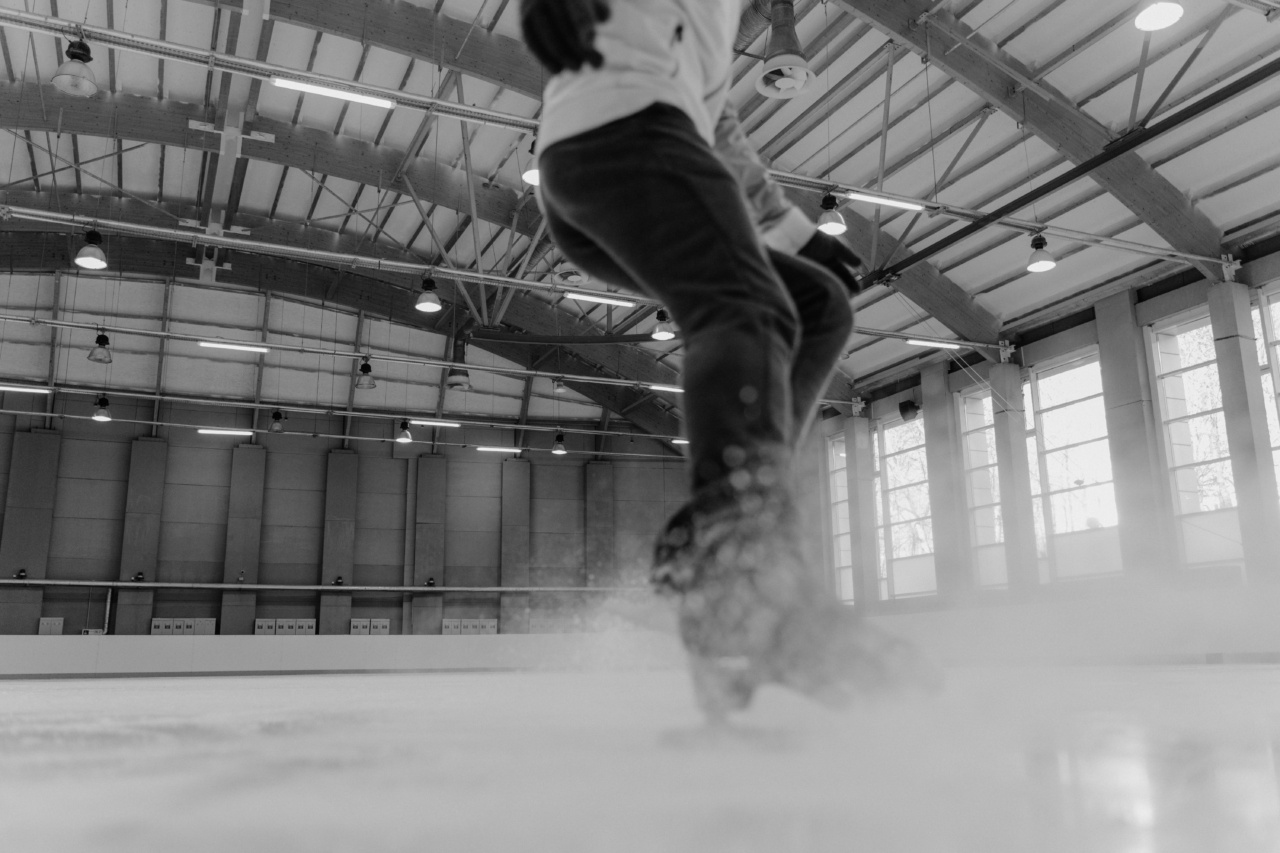Alzheimer’s disease is a debilitating condition that affects millions of people worldwide. It is a progressive neurological disorder that impairs memory, thinking, and behavior.
While there is currently no cure for Alzheimer’s, early detection is crucial in managing the symptoms and providing necessary support for affected individuals and their families.
Balance exercises have emerged as a potential tool for detecting early signs of Alzheimer’s disease.
Research suggests that changes in balance and gait patterns may be indicative of cognitive decline, making balance assessments an essential part of Alzheimer’s screening.
The Link Between Balance and Cognitive Decline
Studies have established a close relationship between balance and cognitive function. The brain regions responsible for cognitive processing and motor control are interconnected, and any disruption can affect both domains.
This connection is particularly evident in older adults, as age-related cognitive decline and balance impairments often coexist.
Alzheimer’s disease specifically affects these interconnections. As the disease progresses, it damages regions of the brain responsible for coordinating movement, balance, and spatial orientation.
This damage can manifest as changes in balance and gait before other symptoms become apparent.
By monitoring an individual’s balance and gait patterns, healthcare professionals can potentially identify signs of cognitive decline at an early stage.
Early detection allows for timely interventions and treatment plans that can slow down the progression of Alzheimer’s disease and improve quality of life.
The Benefits of Balance Exercises
Beyond their potential as early detection tools, balance exercises offer numerous benefits for individuals at risk of Alzheimer’s disease. Engaging in regular balance exercises can help:.
1. Maintain Physical Fitness:
Balance exercises promote muscle strength, flexibility, and coordination. These exercises can help individuals maintain their physical fitness and independence, even as they age.
2. Improve Cognitive Function:
Research suggests that maintaining a physically active lifestyle can have benefits for cognitive function. Regular balance exercises can enhance brain health and neuronal connections, potentially reducing the risk of cognitive decline.
3. Enhance Brain-Balance Connection:
Engaging in balance exercises challenges the brain to communicate with the body, strengthening the neural pathways responsible for balance and coordination. This connection is vital for detecting any potential disruptions early on.
4. Reduce Falls and Injuries:
Poor balance and coordination increase the risk of falls and related injuries, particularly among older adults. By improving balance through targeted exercises, individuals can enhance their stability and lower the risk of these accidents.
5. Build Confidence and Psychological Well-being:
Balance exercises can boost confidence and self-esteem by allowing individuals to maintain their independence and physical abilities. This, in turn, contributes to overall psychological well-being.
Balance Assessments for Early Detection
Balance assessments are vital for identifying changes in an individual’s balance and gait patterns, which may be an early indicator of cognitive decline. These assessments typically involve a series of tests and measurements, including:.
1. Static Balance Test:
A static balance test evaluates an individual’s ability to maintain a steady stance without swaying or losing balance. This test often involves standing still on one leg or a balance board for a specified period.
2. Dynamic Balance Test:
A dynamic balance test assesses an individual’s ability to maintain balance while engaging in dynamic movements. This may include forward and backward walking, side stepping, or tandem walking.
3. Gait Analysis:
Gait analysis examines an individual’s walking pattern and assesses any abnormalities or deviations from the norm. Changes in stride length, speed, or symmetry can provide valuable insights into cognitive decline.
Integrating Balance Exercises into Daily Routine
Balance exercises should be performed regularly to maximize their benefits. Here are a few simple exercises that can be easily incorporated into a daily routine:.
1. One-Leg Stance:
Stand near a wall or a chair for support. Lift one leg and attempt to maintain balance on the opposite leg for 30 seconds or as long as possible. Repeat with the other leg.
2. Heel-to-Toe Walk:
Position your heel directly in front of the toes of the other foot, creating a straight line. Take small steps and walk in a straight line, placing your heel directly in front of the toes with each step. Repeat for several steps.
3. Yoga Tree Pose:
Stand with your feet together and shift your weight to one leg. Place the sole of your other foot on your inner thigh, above or below the knee. Raise your arms above your head, palms together.
Hold this pose for 30 seconds and then repeat on the other side.
4. Tandem Stand:
Stand with your feet in a heel-to-toe position. Maintain this stance for 30 seconds or as long as possible without losing balance. For additional challenge, try closing your eyes.
Conclusion
Early detection of Alzheimer’s disease is crucial for managing symptoms, implementing interventions, and improving overall quality of life for individuals affected by the condition.
By incorporating balance exercises and regular assessments into healthcare routines, healthcare professionals can potentially identify cognitive decline at an early stage. Moreover, balance exercises offer various benefits, including improved fitness, enhanced brain health, reduced fall risk, and psychological well-being.
Encouraging individuals at risk to engage in balance exercises can have a significant impact on their overall health and well-being.




























